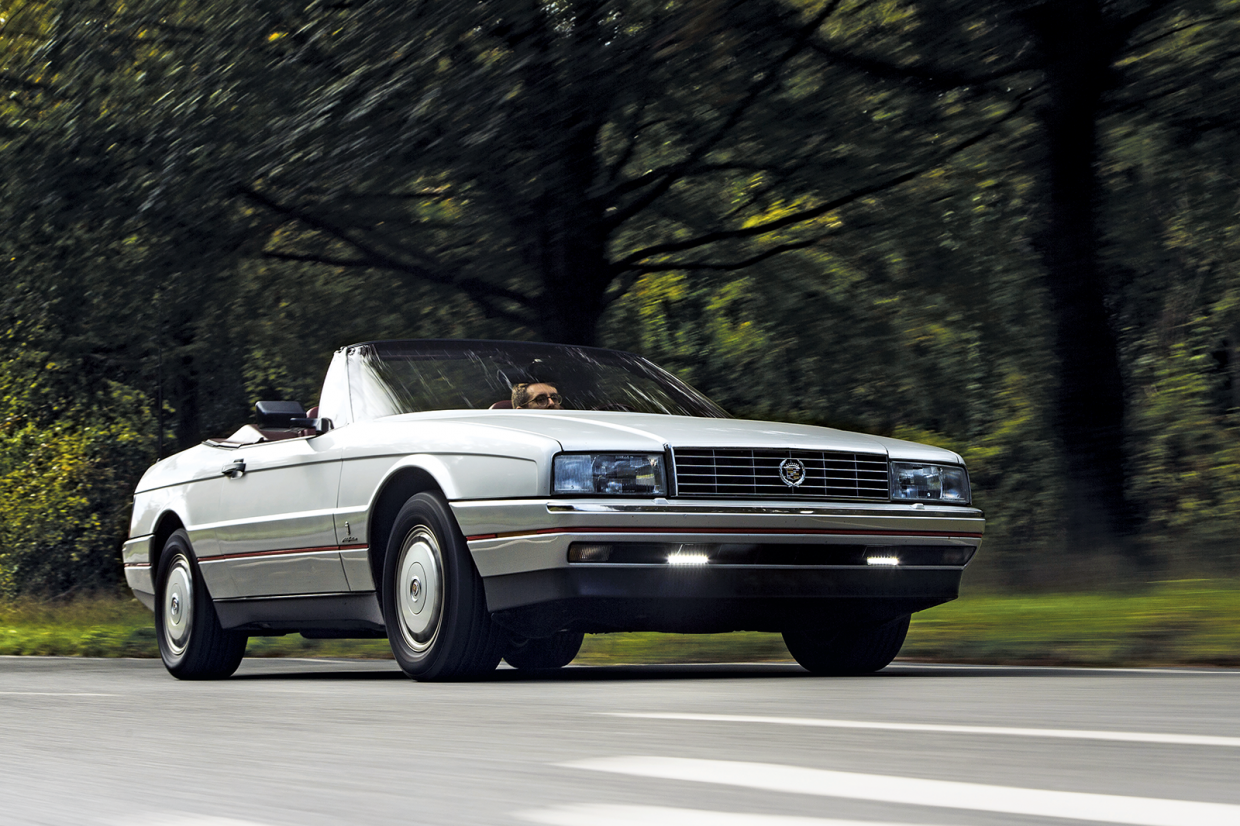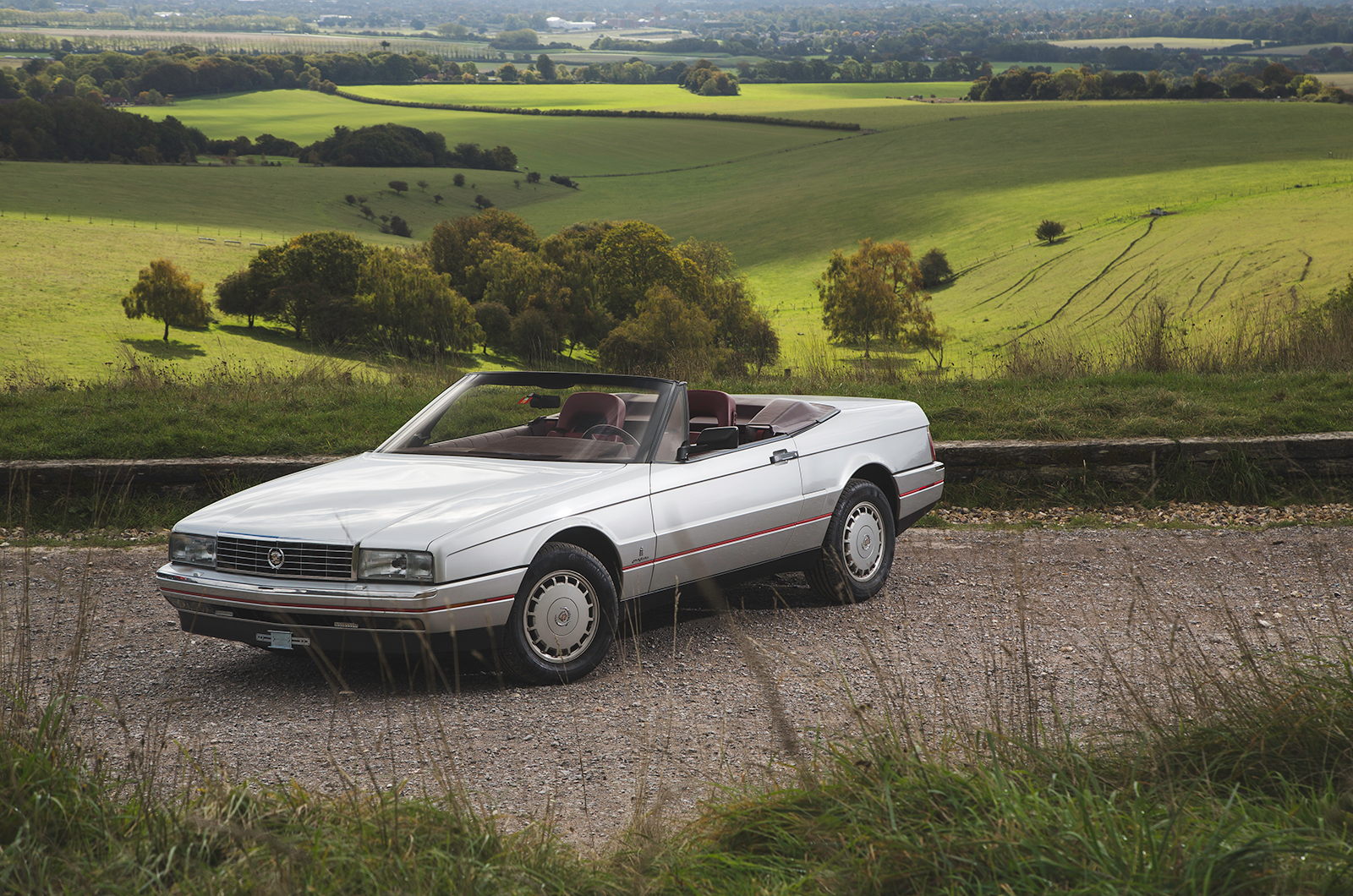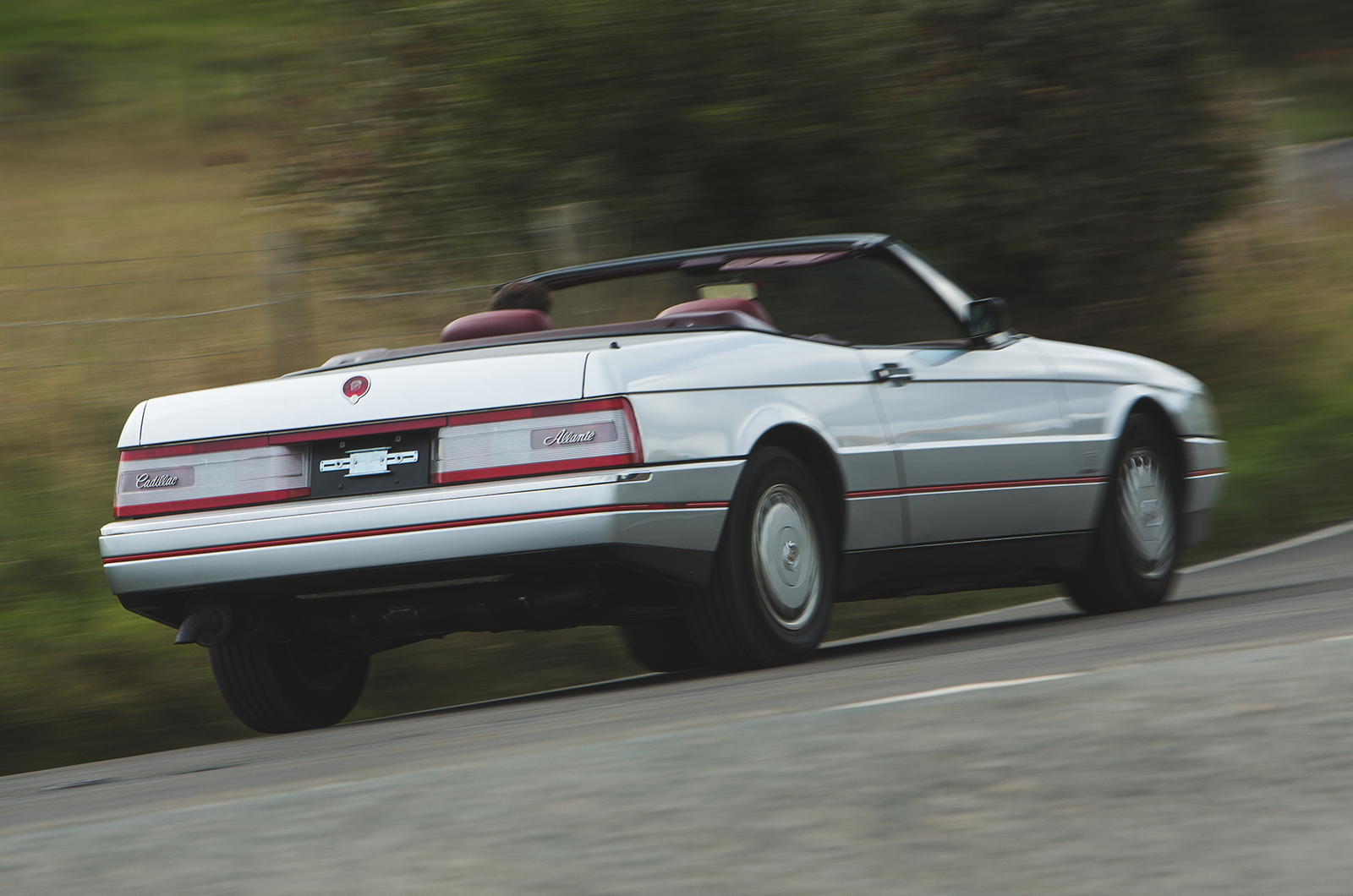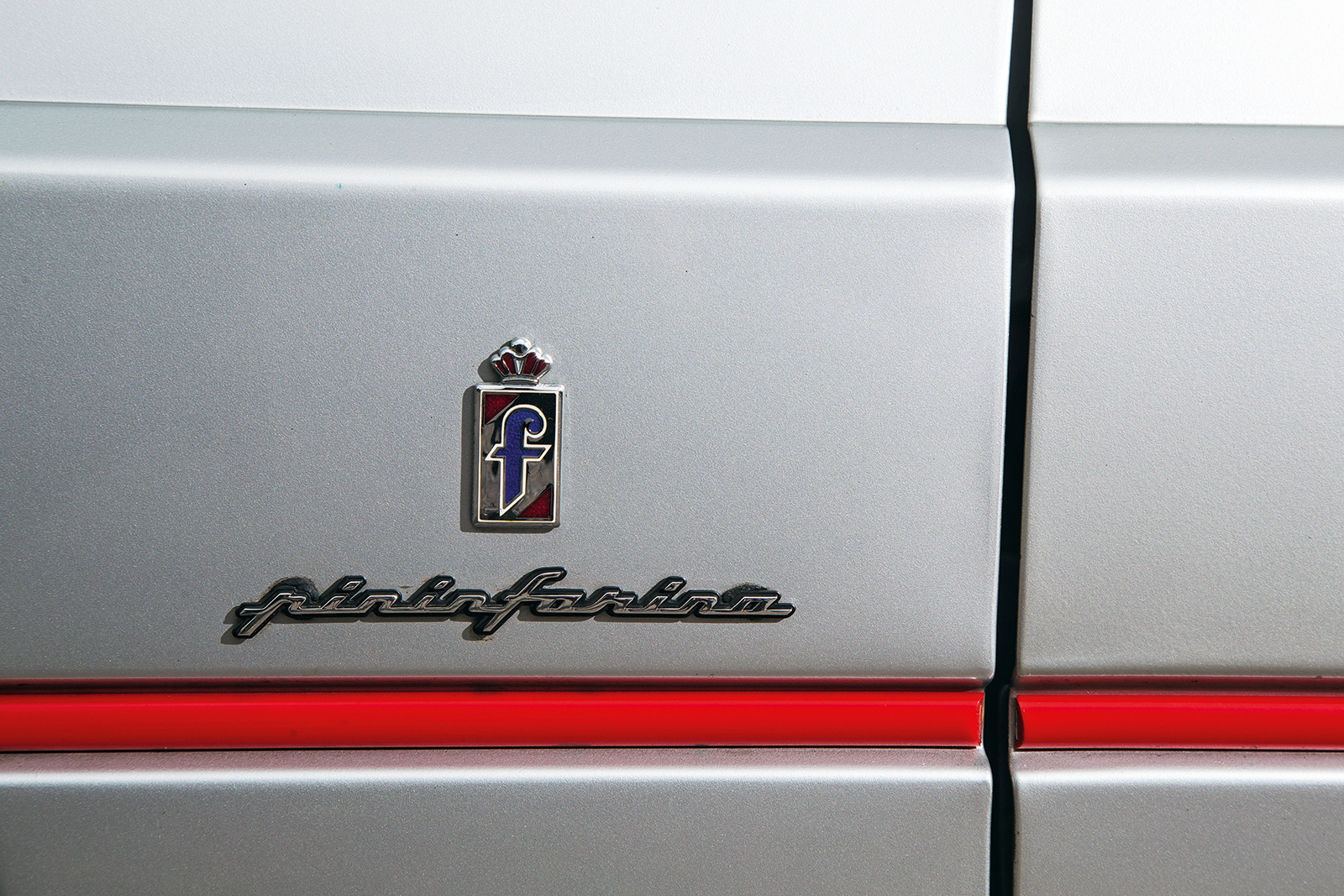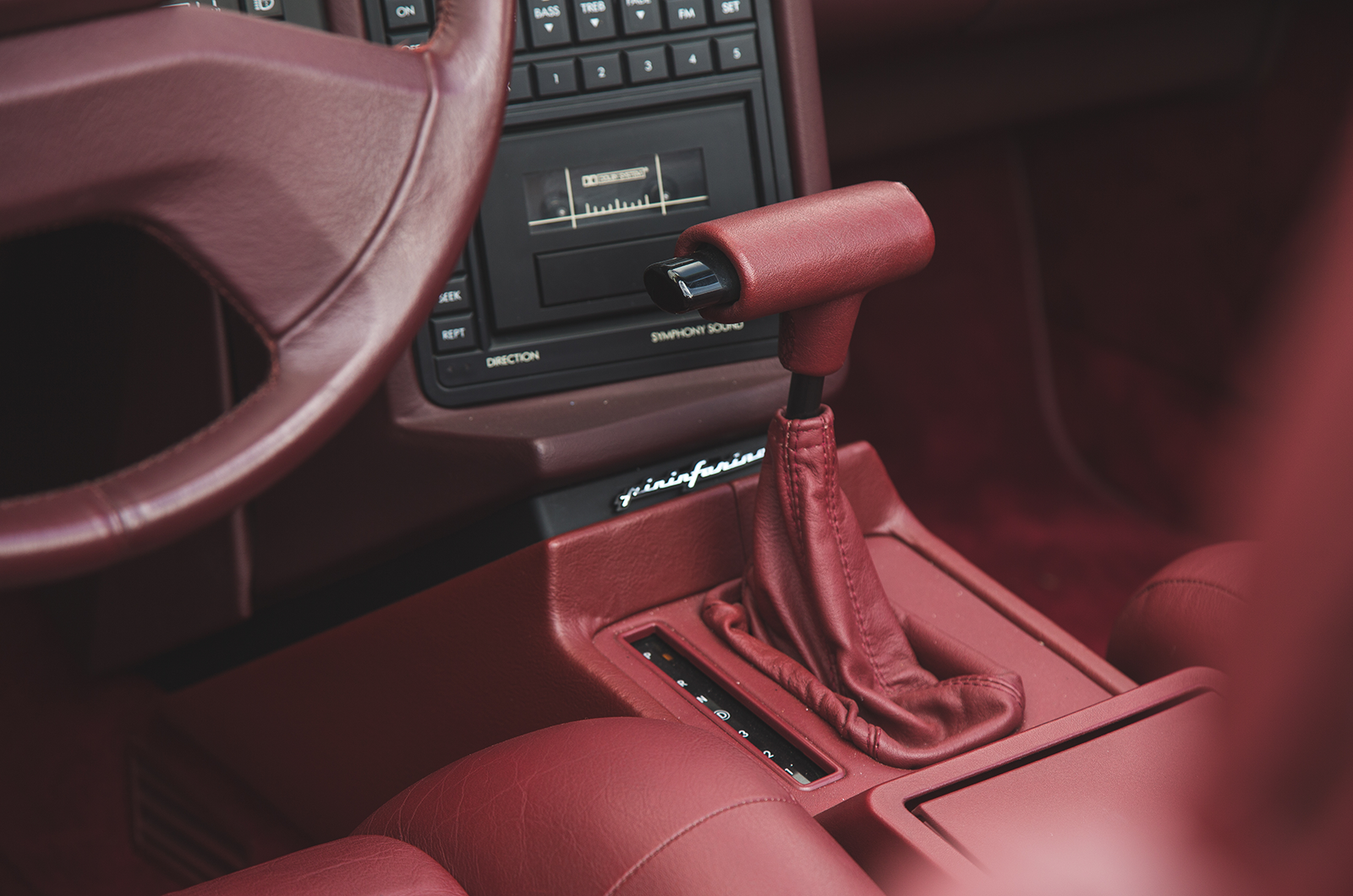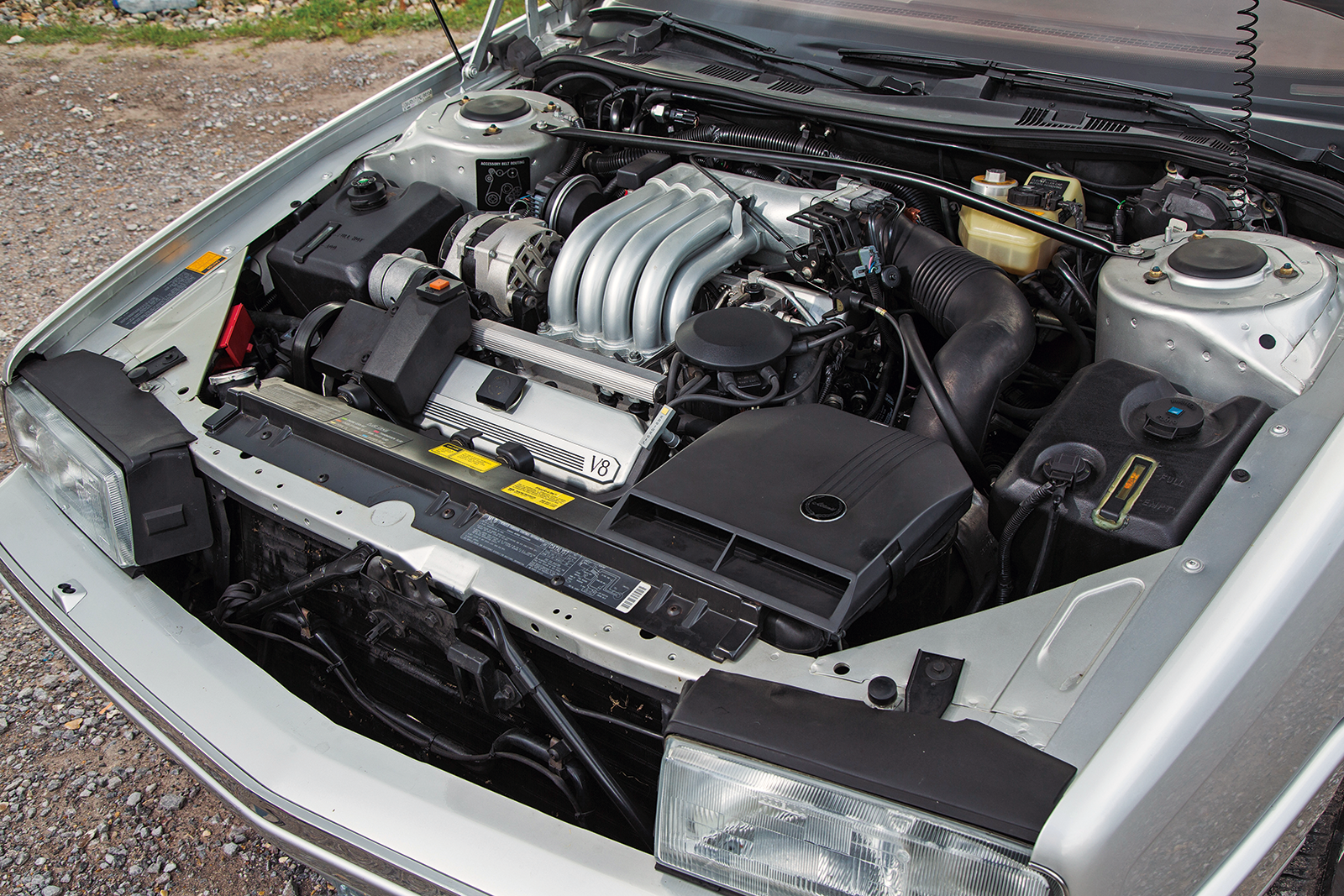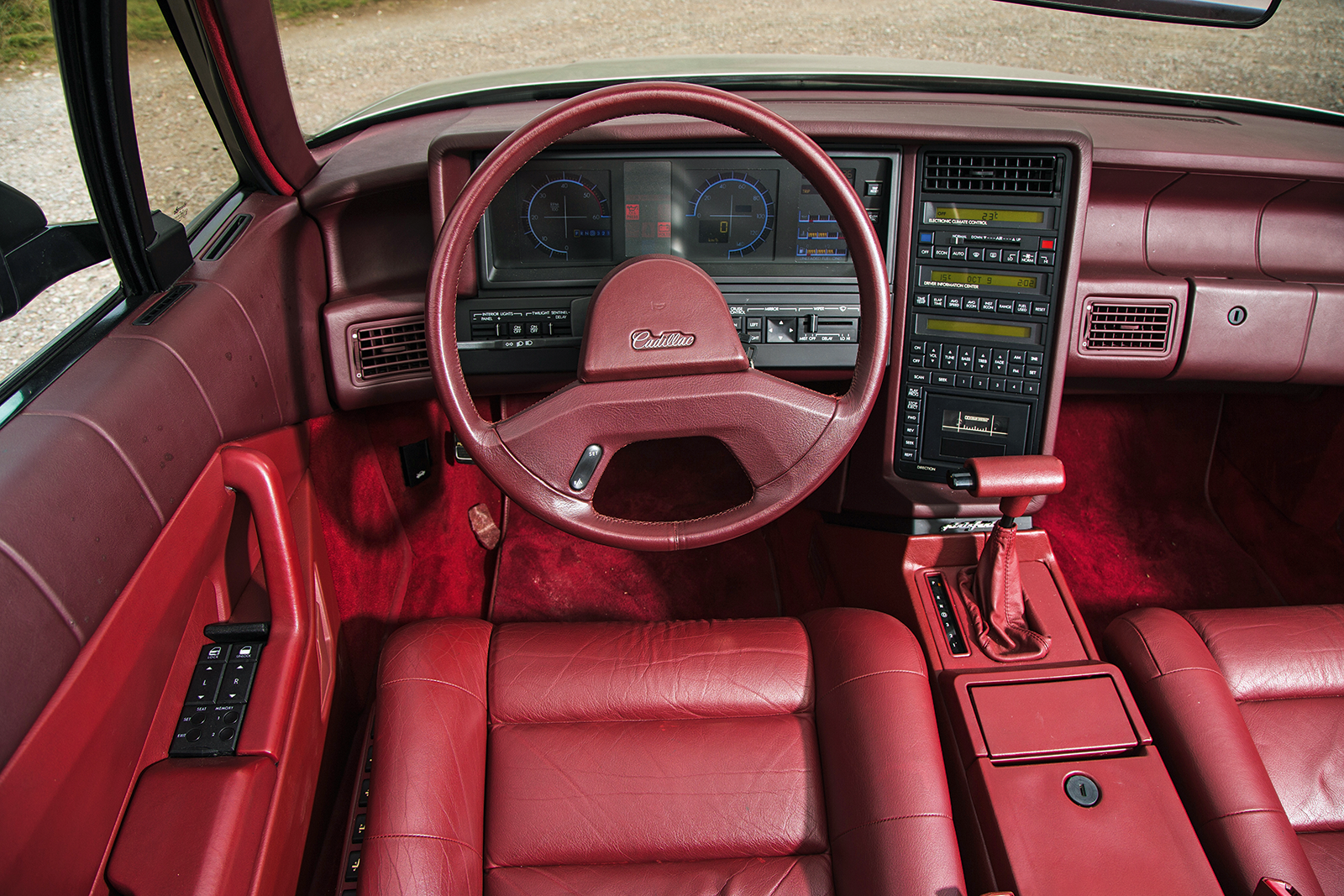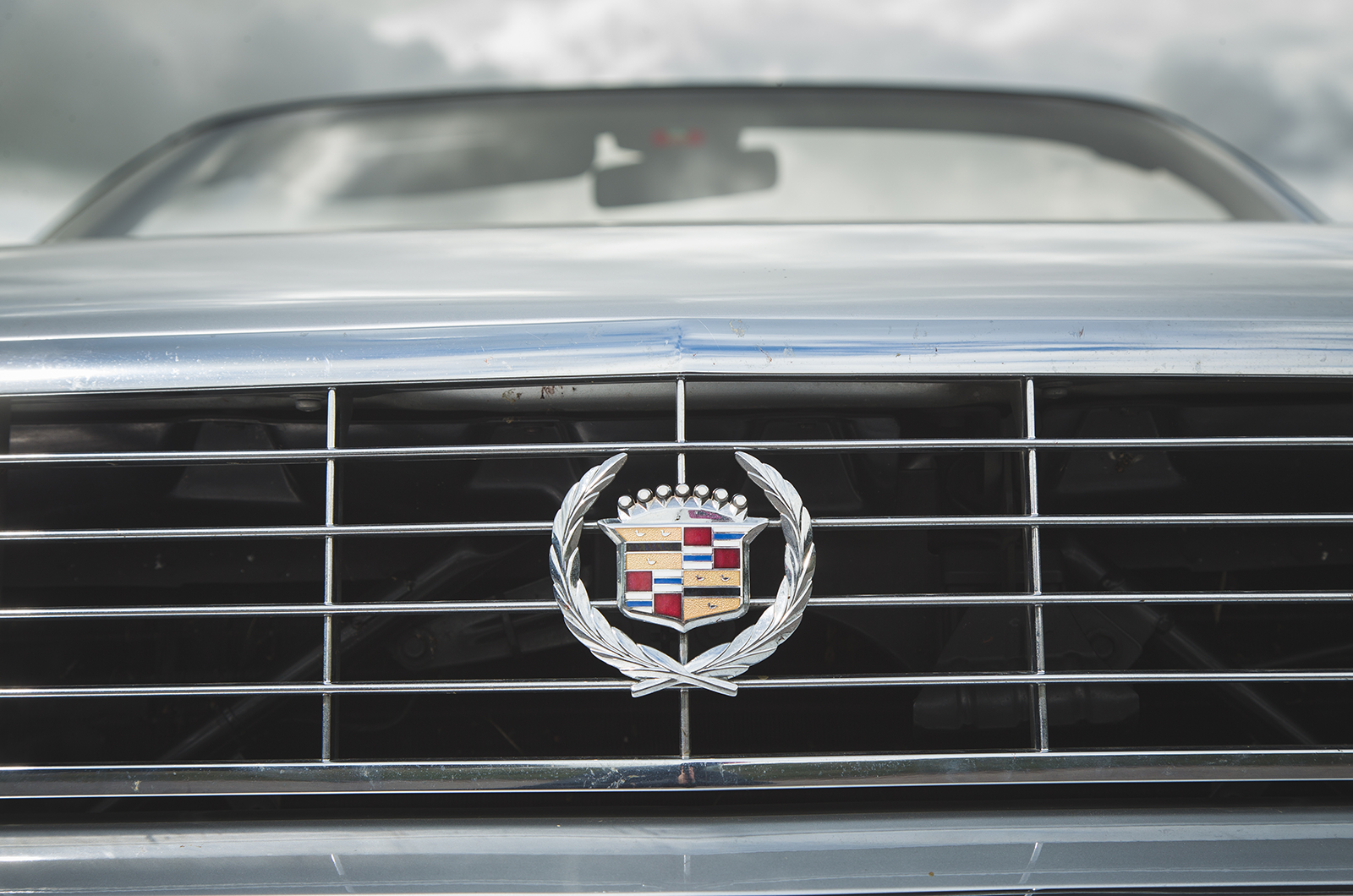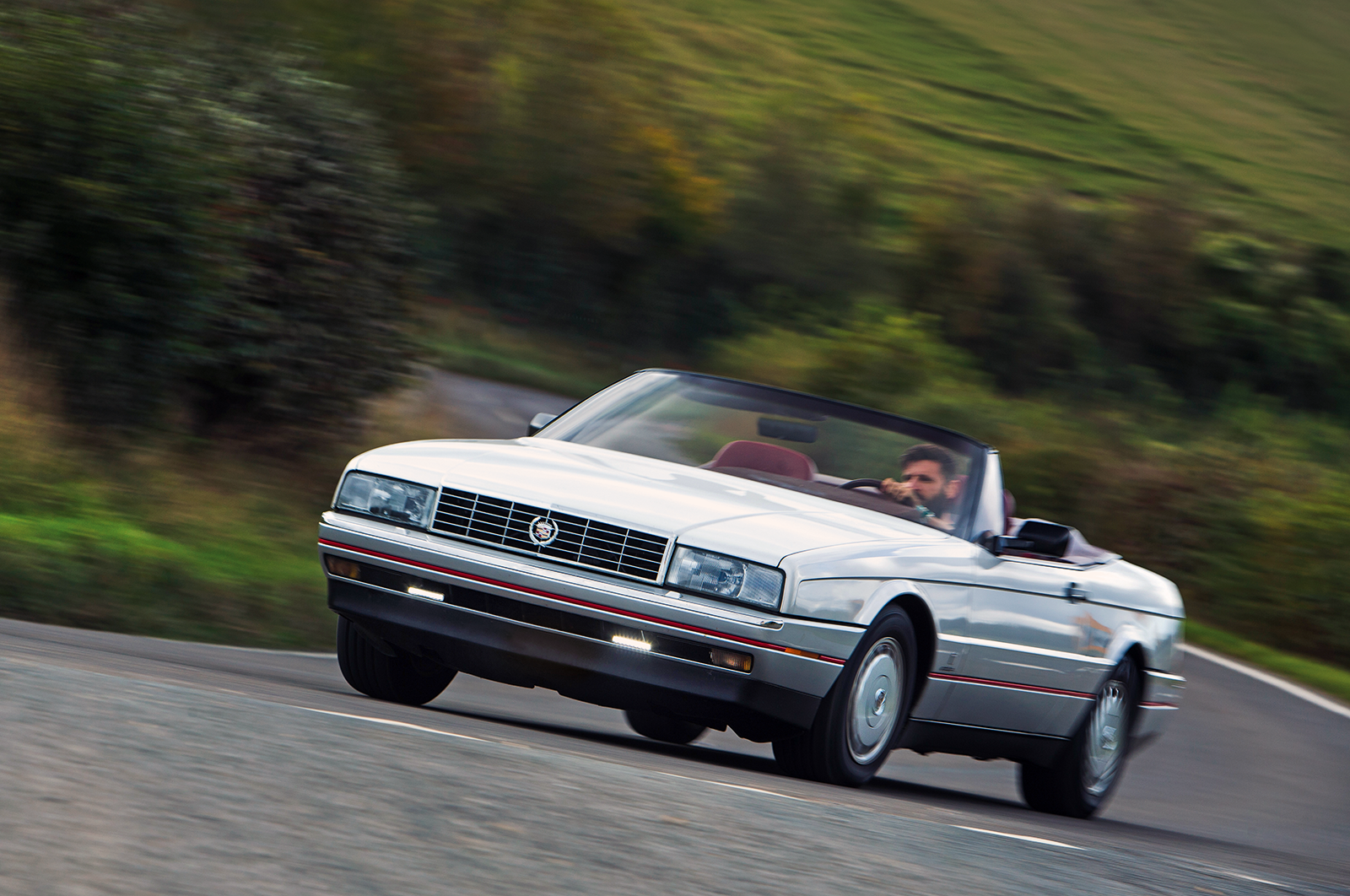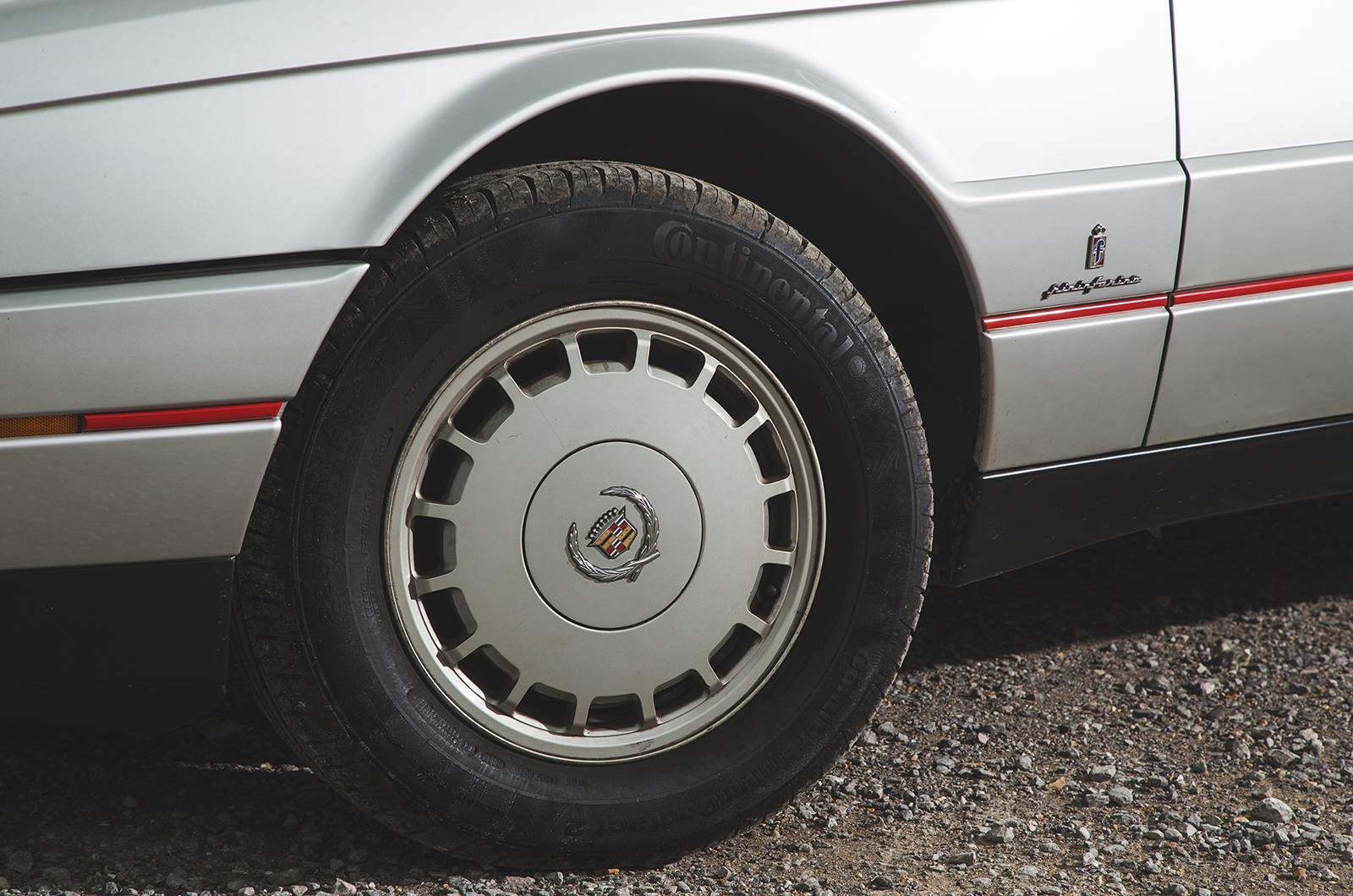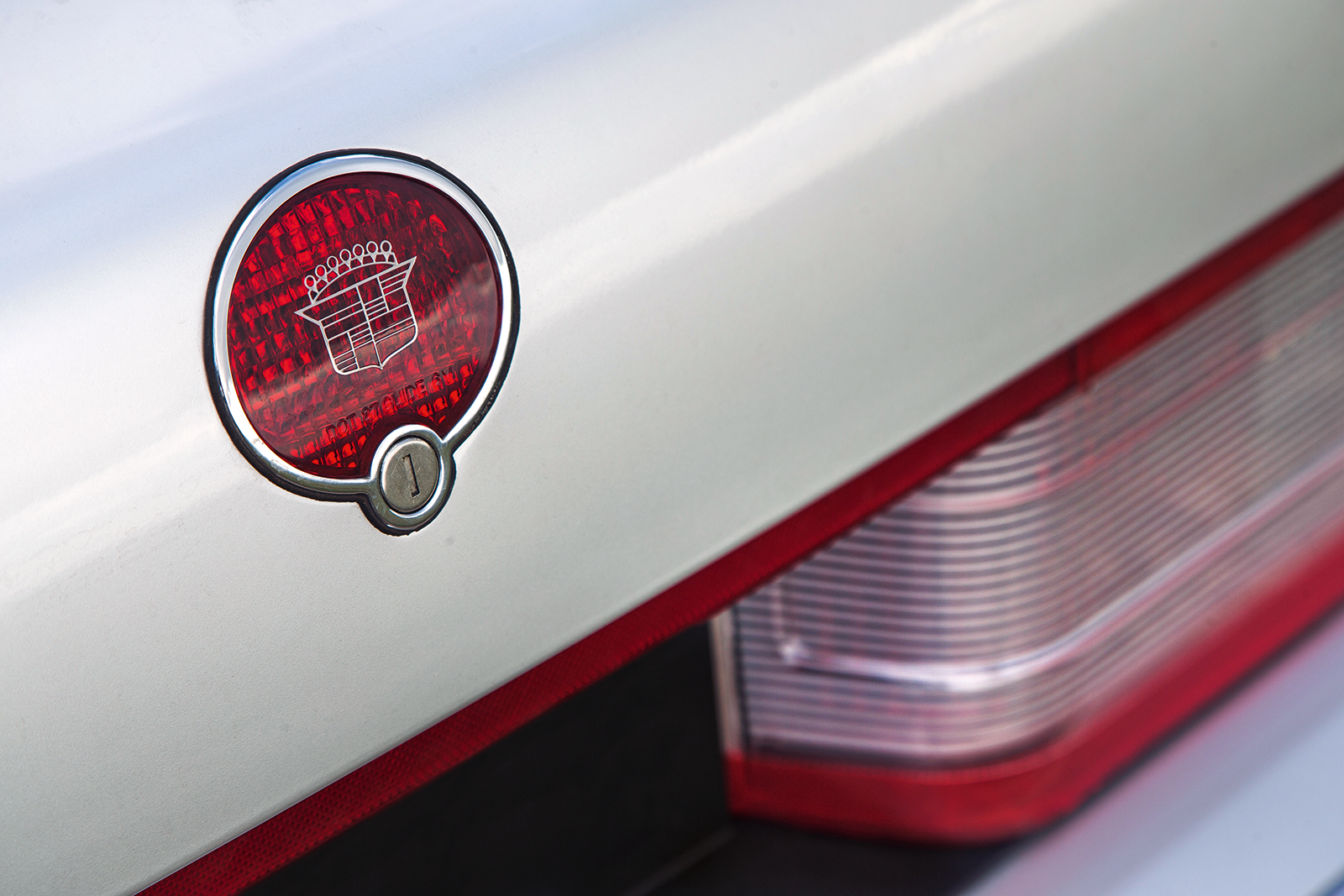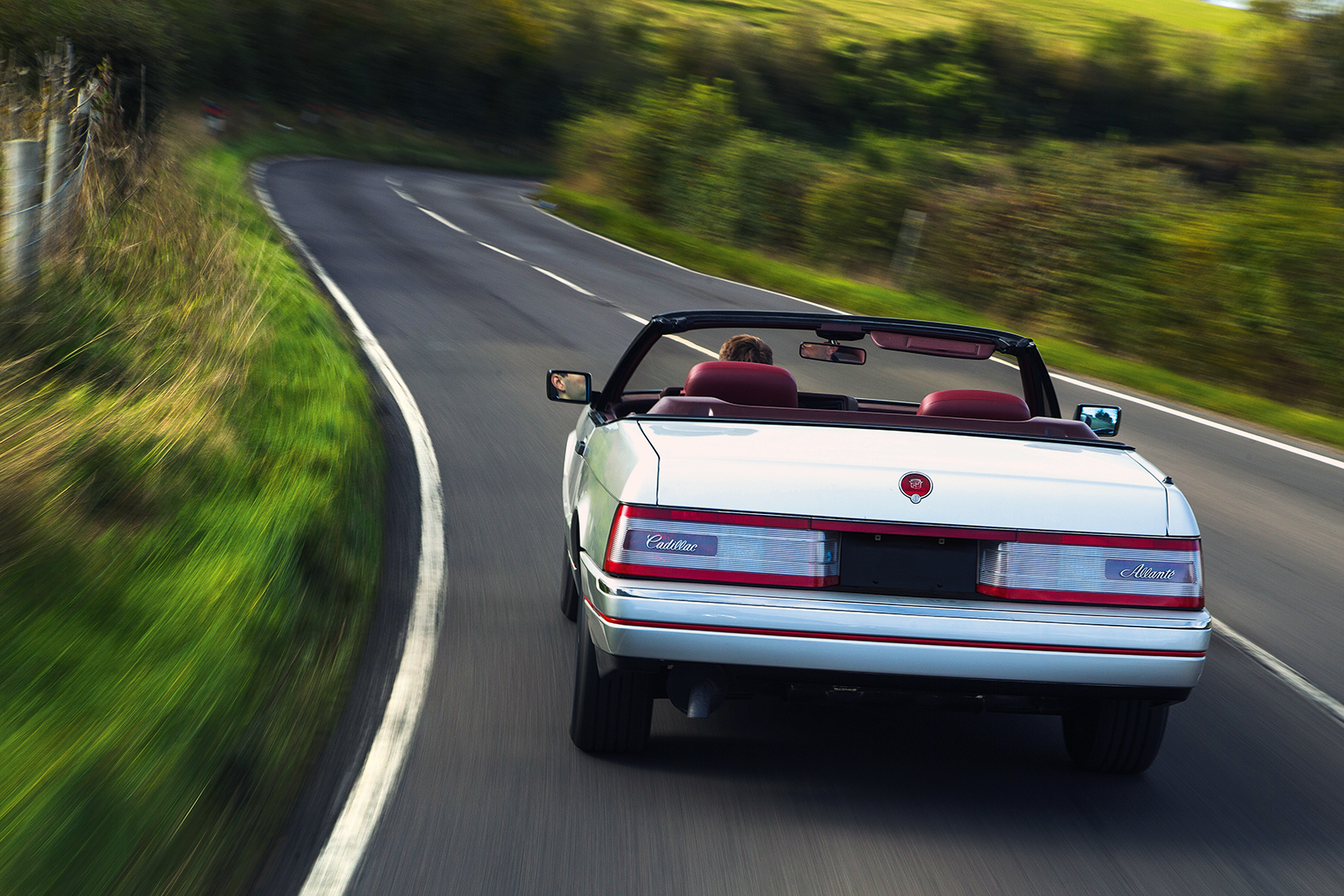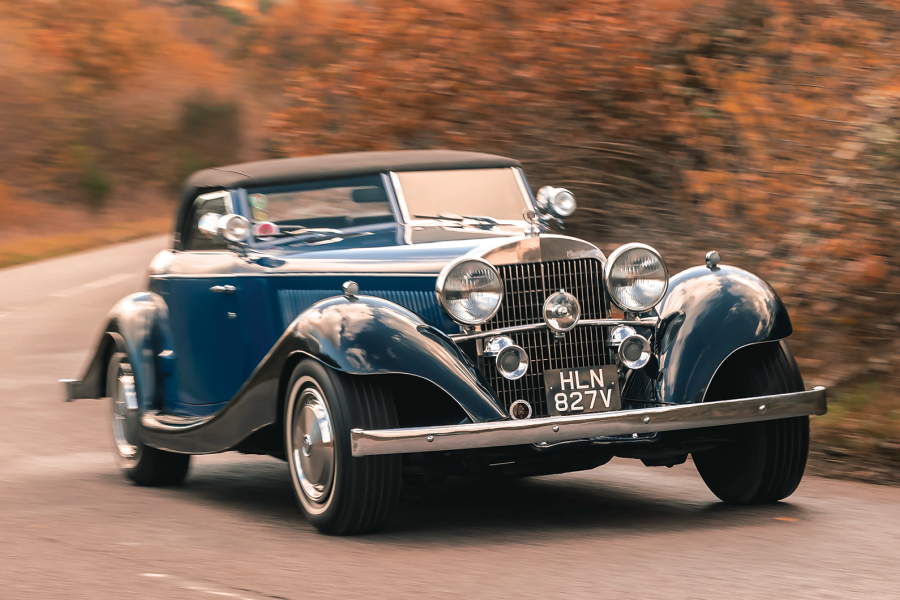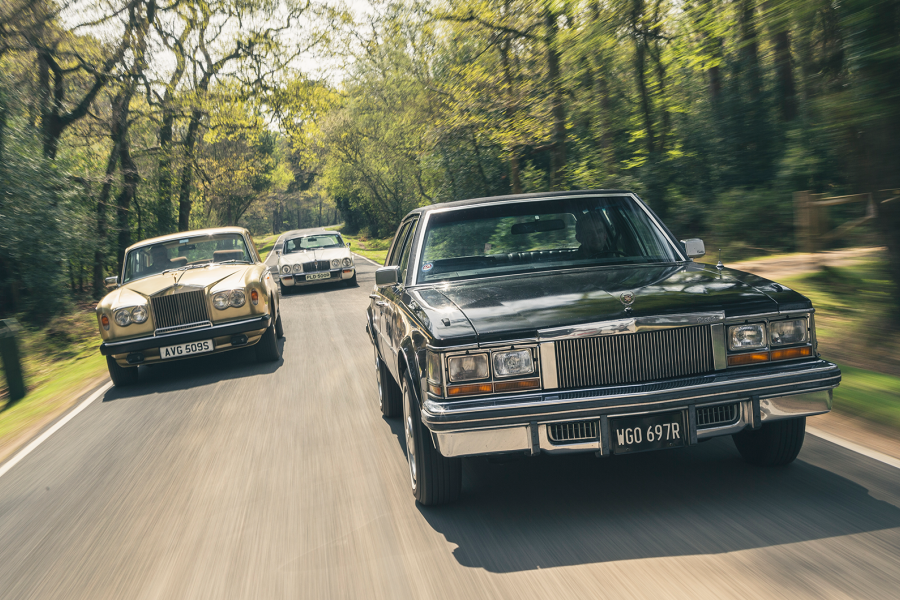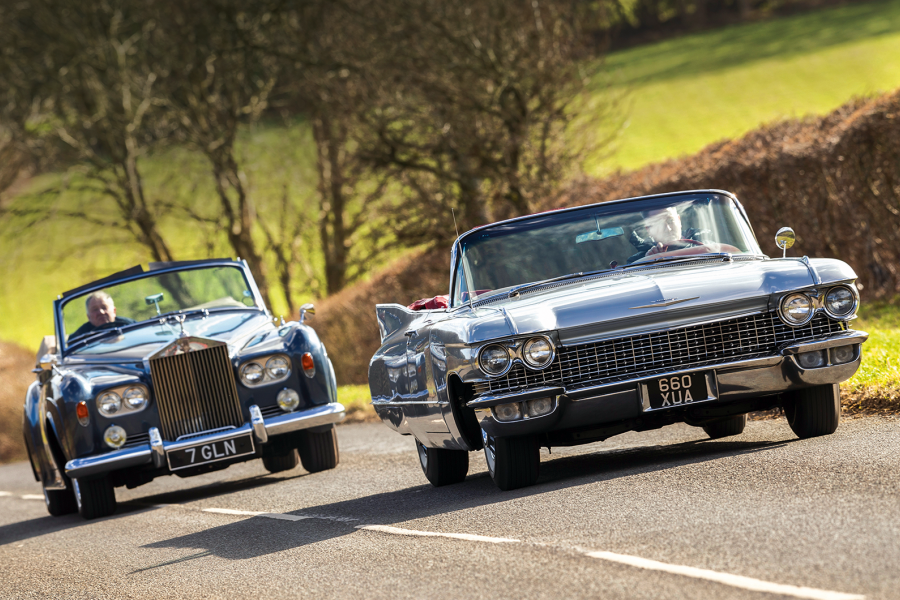With 295bhp on tap the run-out model must have been a real handful; I suspect the 200bhp 4.5 is something of a sweet spot.
For all the Allanté’s quirks, you have to admire Cadillac ’s ambition in trying to elbow its way into the super-luxury sports car segment.
At a time when the rest of the US auto industry was focused on building SUVs and minivans, General Motors stuck its head above the parapet in the hope of creating something truly special, challenging the status quo and seeking to usurp the very best that Europe had to offer.
As with a gangland hit, if you’re going to take a potshot at the Don you’d better make damn sure you don’t miss, but by taking aim at the Mercedes-Benz SL Cadillac ended up shooting itself in the foot.
The Allanté fell so far short of the mark in terms of build quality, dynamism and performance that the two cars were barely comparable, yet the comparison is in escapable.
In truth, the Allanté is not a bad car – not by a stretch. There are some brittle plastics, and the performance and handling are only likely to excite for the wrong reasons.
However now, just as in period, you probably won’t set out to buy an Allanté for its 0-60mph time or top speed.
As a classy boulevardier with sharp, contemporary styling – looks that have only improved with age –it offers a compelling alternative to the accomplished yet slightly conservative SL.
And the best bit? Today, you don’t have to dig half as deep to realise the dream.
Images: Luc Lacey
Thanks to Bonhams
Factfile
Cadillac Allanté
- Sold/number built 1986-’93/21,430
- Construction steel chassis, steel and aluminium body panels
- Engine alloy-block, iron-heads, ohv 4087cc 90º V8, multi-port fuel injection
- Max power 170bhp @ 4300rpm
- Max torque 235lb ft @ 3200rpm
- Transmission four-speed automatic, FWD
- Suspension independent, at front by MacPherson struts, lateral and trailing links, anti-roll bar rear struts, control arms, transverse GRP leaf spring
- Steering power-assisted rack and pinion
- Brakes ventilated front, solid rear discs
- Length 14ft 10½in (4536mm)
- Width 6ft 1½in (1864mm)
- Height 4ft 4in (1321mm)
- Wheelbase 8ft 3½in (2525mm)
- Weight 3488lb (1542kg)
- 0-60mph 9.8 secs
- Top speed 125mph
- Mpg 22.8
- Price new $54,700
- Price now £10-15,000*
*Prices correct at date of original publication
READ MORE
Continental shift: driving the Lincoln Continental
Citroën SM and Oldsmobile Toronado: groundbreaking GTs
The art of Touring: Lancia Flaminia vs Alfa Romeo Spider
Greg MacLeman
Greg MacLeman is a contributor to and former Features Editor of Classic & Sports Car, and drives a restored and uprated 1974 Triumph 2500TC
